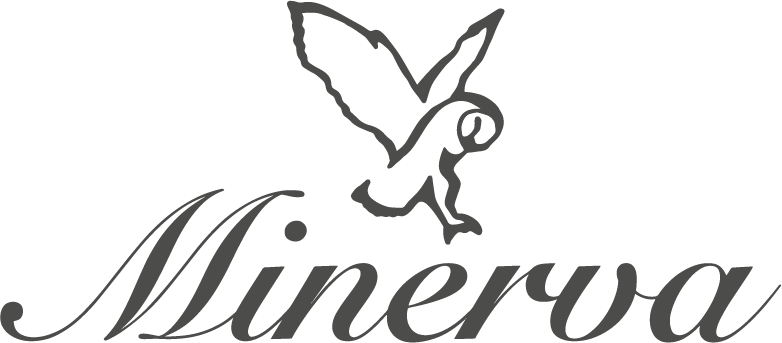The Art of Dovetailing
- info858343
- Feb 10, 2023
- 2 min read
Updated: Sep 25, 2024
Minerva has been crafting bespoke kitchens for over 5 years, and our process has grown immensely due to our knowledge and experience expanding; however, dovetailing has been a traditional technique we have used from the start. Dovetailing is spoken about very little, so I've decided to use this week's post to discuss what dovetailing is, how it is made and the benefits of this timeless technique.
Dovetail joints (named due to their resemblance to the bird's tail) were first used as far back as ancient Egyptian times, but records show somebody first used this technique in English cabinet-making around 1650. Dovetailing is commonly used to identify the age of furniture because, over the years, the method has been altered by using slightly different techniques, tools or materials, and antique specialists can determine the year a piece of furniture was crafted due to these differences.
A dovetail joint is a series of overlapping, flared connectors that join two pieces of wood. The connectors are called 'tails' and 'pins'; their specific shape makes it difficult to pull the joint apart and virtually impossible when added glue.

Traditionally carpenters would create these joints using small, precision saws and wood chisels, a fantastic skill but very time-consuming; however, we now have a dovetailing machine that helps us speed up the process but still provides the same quality finish to the product.

Once our machine has carved out the 'tails' and 'pins', we line the pieces up and hammer them together; once joined, they won't come apart. This technique is usually found on drawers, boxes, cabinets and other furniture parts where strength is required. We use this technique on our draws and cabinetry to provide extra strength and longevity to our products. It also provides that 'handcrafted touch' you only see with bespoke cabinetry.

Dovetails are a beautiful joinery feature with many advantages; due to the way the joint is constructed, it can withstand harsh environmental conditions like moisture, temperature changes, and heavy use over time, meaning it will stay solid and sturdy for many years. Also, they are attractive features in drawers, cabinets, and accent lines in other projects, such as handmade boxes or furniture pieces.

I hope this post has helped you understand our process better, and if you want to know more, we have a Behind The Scenes page on our website where you can discover more of our process, such as our Design Service and How We Work.
Thanks for reading!
Laura x




Comments